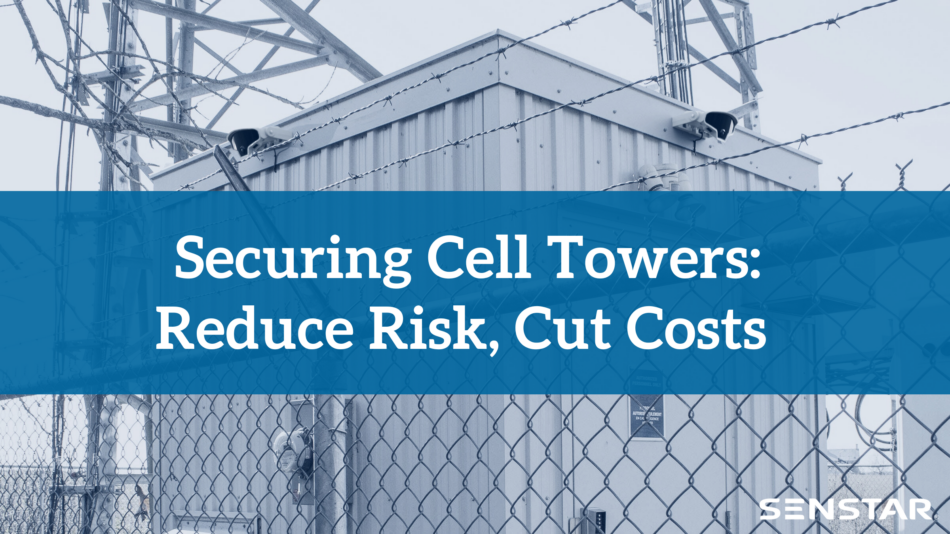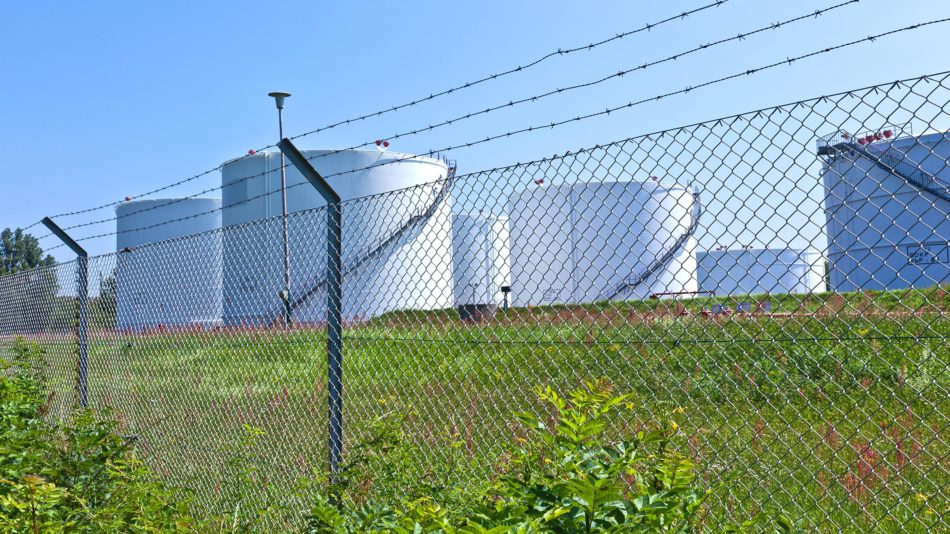There are 16 major sectors considered critical by the U.S. government:
- Chemical Sector
- Commercial Facilities Sector
- Communications Sector
- Critical Manufacturing Sector
- Dams Sector
- Defense Industrial Base Sector
- Emergency Services Sector
- Energy Sector
- Financial Services Sector
- Food and Agriculture Sector
- Government Facilities Sector
- Healthcare and Public Health Sector
- Information Technology Sector
- Nuclear Reactors, Materials and Waste Sector
- Transportation Systems Sector
- Water and Wastewater Systems Sector
Legacy systems are the most significant vulnerability that cyber terrorists can bank on. They still exist in most sectors, despite the increasing digitization of these same industries. Decades-old infrastructure components increase security risks exponentially by providing access to countless well-known vulnerabilities across a broad spectrum of applications used within today’s organizations.
Critical infrastructure protection and security are part-owned and operated by the private sector. It is essential to ensure that physical and cyber security priorities are not lost in profit maximization. Many security vendors also outsource functions outside their core competencies which results in additional vulnerabilities. These could include loss of control and visibility.
It is essential to maintain critical day-to-day operations in the event of a breach, attack, or incident. For critical infrastructure protection, preservation of vital high-level objectives include:
- Bridges and tunnels
- Energy
- Drinking water
- Disaster response
What Senstar Offers
Senstar has been protecting critical infrastructure around the world for more than 40 years.
Check out how Senstar is helping to secure facilities in our four key markets – Utilities (Electrical, Communications, Water), Logistics, Corrections, and Energy.



